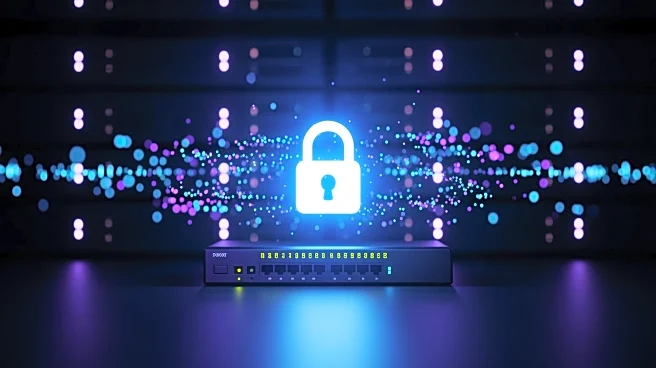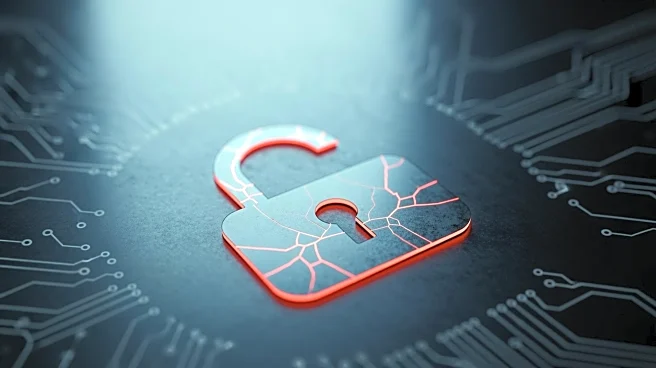What's Happening?
The Cybersecurity and Infrastructure Security Agency (CISA), along with the FBI and international partners, has issued a warning about the Akira ransomware group expanding its attack capabilities. Previously
targeting VMware ESXi and Hyper-V environments, Akira is now focusing on Nutanix AHV virtual machines. This shift marks a significant threat to large enterprises, including sectors such as manufacturing, IT, healthcare, financial services, and agriculture. The advisory emphasizes the need for robust network segmentation, vigilant monitoring, and extended detection and response strategies to mitigate the risks posed by this ransomware.
Why It's Important?
The expansion of Akira ransomware to Nutanix AHV environments represents a growing threat to critical infrastructure and large enterprises. As ransomware attacks become more sophisticated, organizations must enhance their cybersecurity measures to protect sensitive data and maintain operational continuity. The advisory highlights the importance of proactive threat hunting and strict privilege management to prevent breaches. Failure to address these vulnerabilities could lead to significant financial losses and disruptions in essential services, impacting both the economy and public safety.
What's Next?
Organizations are expected to implement the recommended security measures, including network segmentation and vigilant monitoring, to protect against Akira ransomware. CISA and other cybersecurity agencies will likely continue to monitor the situation and provide updates as necessary. Enterprises may need to reassess their cybersecurity strategies and invest in advanced threat detection and response solutions to safeguard their systems against evolving ransomware threats.
Beyond the Headlines
The Akira ransomware's expansion into Nutanix AHV environments underscores the evolving nature of cyber threats and the need for continuous adaptation in cybersecurity practices. This development may prompt discussions on the ethical and legal responsibilities of organizations in protecting their data and infrastructure. Additionally, it highlights the importance of international collaboration in combating cybercrime and securing critical infrastructure.











